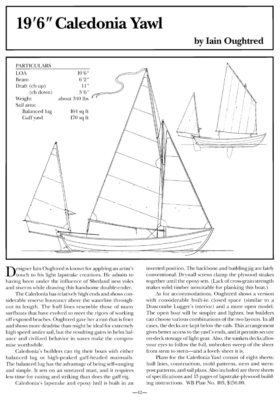
19′ 6″ Caledonia Yawl
The original print version of this article can be viewed as a PDF or purchased from the WoodenBoat Store.
Join to view PDF Purchase 19'6" Caledonia Yawl PlansDesigner Iain Oughtred is known for applying an artist's touch to his light lapstrake creations. He admits to having been under the influence of Shetland ness yoles and sixerns while drawing this handsome double-ender.
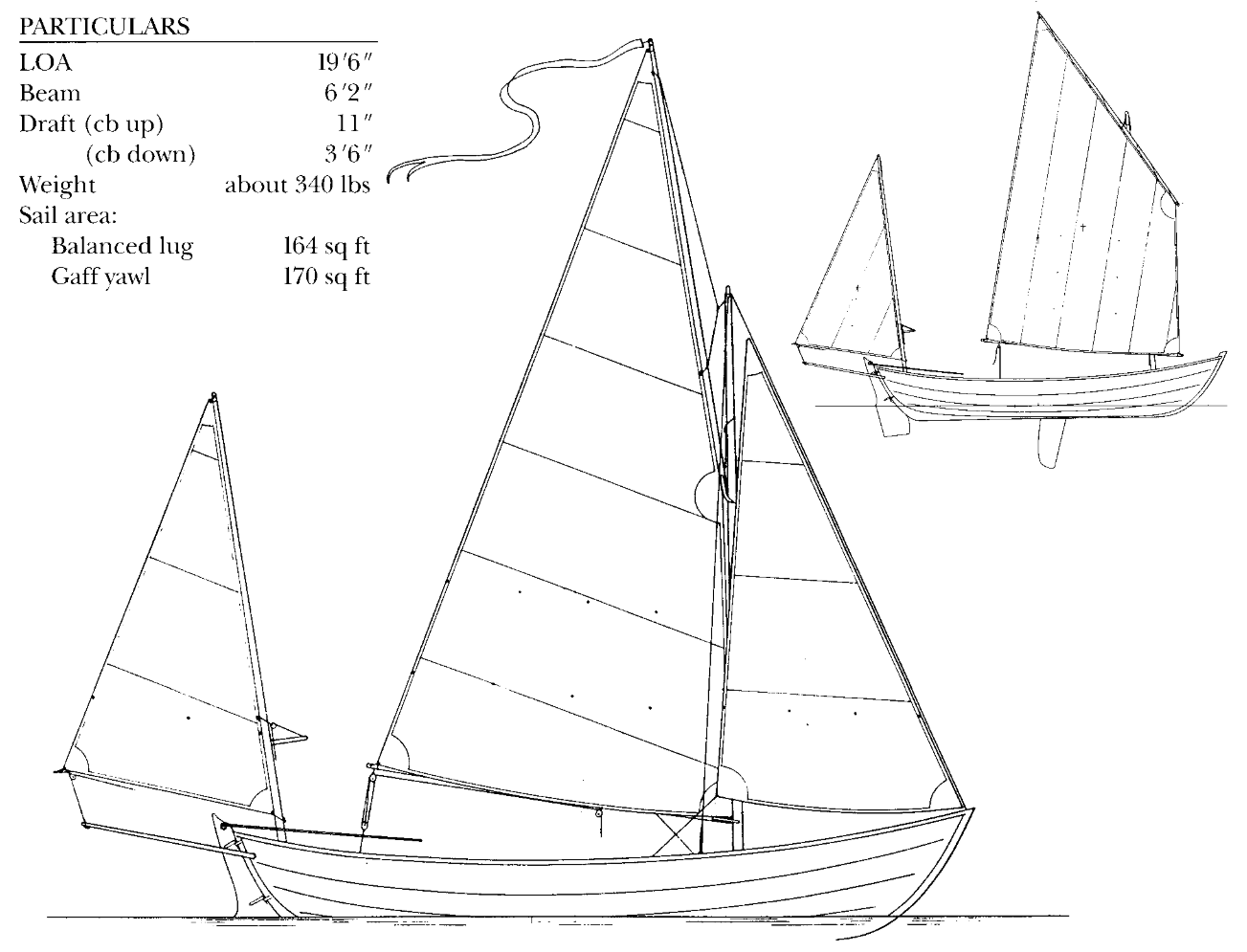
Particulars

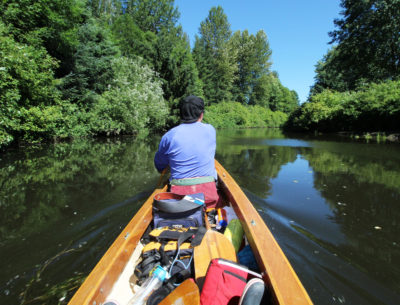
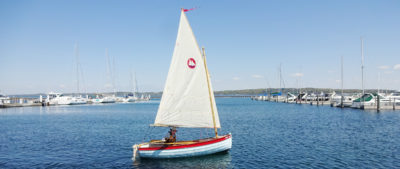
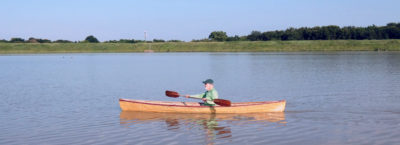
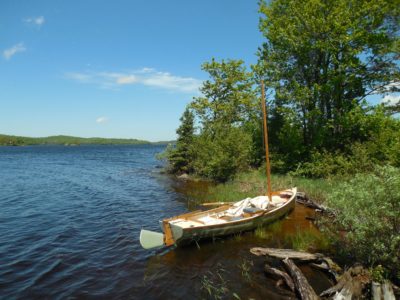
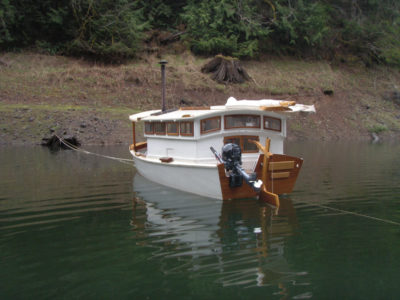
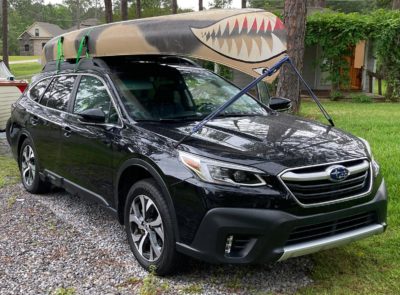
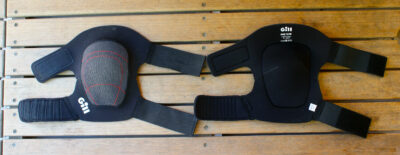
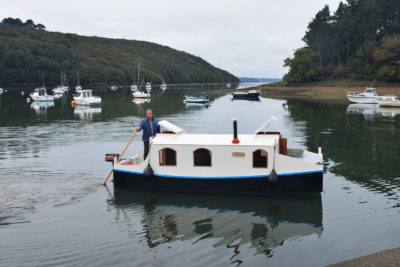
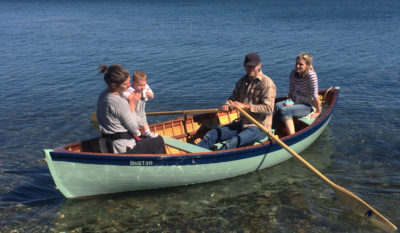
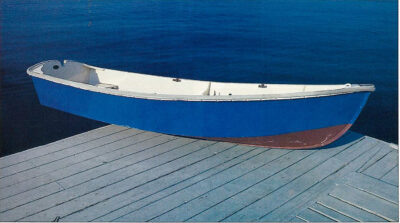
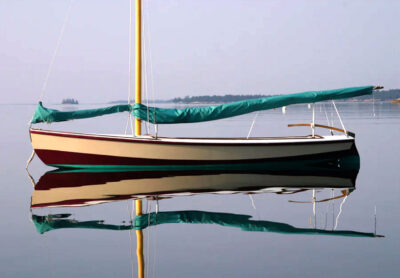
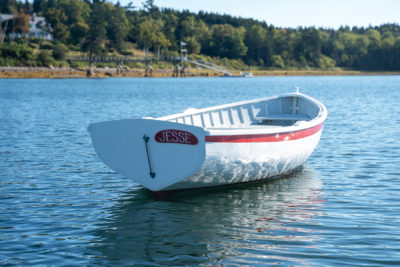
Join The Conversation
We welcome your comments about this article. To include a photo with your remarks, click Choose File below the Comment box.